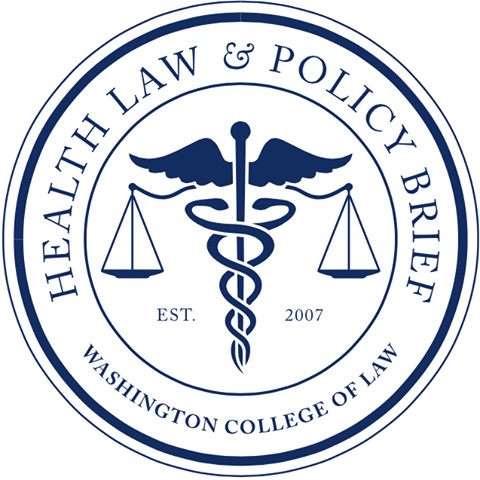Among the thousands of federal, state, local, and tribal criminal legal systems in the United States, there are over 1.9 million people in prisons, jails, detention centers, etc. Within that population, an estimated 65 percent of individuals meet the criteria for an active substance use disorder (SUD). The Prison Policy Initiative estimates that in jails, less than two-thirds of people are screened for opioid use disorder, and only 54% of those who qualify are provided medication for people experiencing withdrawal. When not treated adequately, opioid withdrawal can be a life-threatening condition that includes symptoms of sweating, nausea, vomiting, agitation, anxiety, etc. People entering the criminal justice system must be medically monitored and provided the treatment necessary to mitigate the harm and potential loss of life that can result from opioid withdrawal.
For a time, Corizon Health Inc., a private, for-profit medical contractor, was the nation’s largest for-profit provider of correctional healthcare. However, following over 1,000 lawsuits alleging substandard care, Corizon went through corporate restructuring, moving its debts to a new company called Tehum Care Services and then filing for bankruptcy, a move often known as a “Texas Two-Step.” Now, Corizon operates under a new name, YesCare, and has signed a billion-dollar contract with the State of Alabama and has extended its contract with the State of Maryland to provide healthcare services in jails and prisons. It is incredibly concerning that a company, that has over a thousand suits relating to negligent medical care, many of which include wrongful death suits relating to negligent mismanagement of detox, is still responsible for the care of such an emotionally and medically vulnerable population.
Medical malpractice related to SUDs runs rampant throughout the correctional system in the United States, and the increased litigations shed light on the need to implement change that advocates for a population that is increasingly in need of advocacy. A common practice for managing withdrawal symptoms and promoting recovery includes the use of opioid agonists, such as methadone, buprenorphine, and naltrexone (these treatments are referred to as medication for opioid use disorder or MOUD), yet only 24% of jails use MOUD, and only 1% of people with a SUD in prisons report receiving MOUD. Not only are these treatments effective for addressing withdrawal symptoms, but they are also found to be effective in lowering overdose deaths following release from the criminal justice system. Not only are these medications lifesaving, according to a study done by the Bloomberg School of Public Health found them to be “a highly cost-effective intervention” among incarcerated populations.
With the large sums of money, both from the opioid settlement funding ($55.2 billion) and the Tehum Care Services (Formerly Corizon Health Inc.) litigations resulting in a $75 million settlement, there is a massive amount of money on the table. If funneled appropriately, it can be used to implement MOUD in jails and prisons to reduce the harms of opioid withdrawal, SUD, and post-release overdose. Though the Tehum settlement will go to Tehum’s creditors, it will also go toward plaintiffs who suffered great losses through Corizon’s negligence. Following this impactful litigation, there must be justice for those lives lost and injuries that transpired because of the mismanagement and lack of treatment relating to SUD detoxification. MOUD is a feasible and effective solution to opioid withdrawal and given the funding available via the opioid settlements and Corizon litigations, now is the time to implement change.
